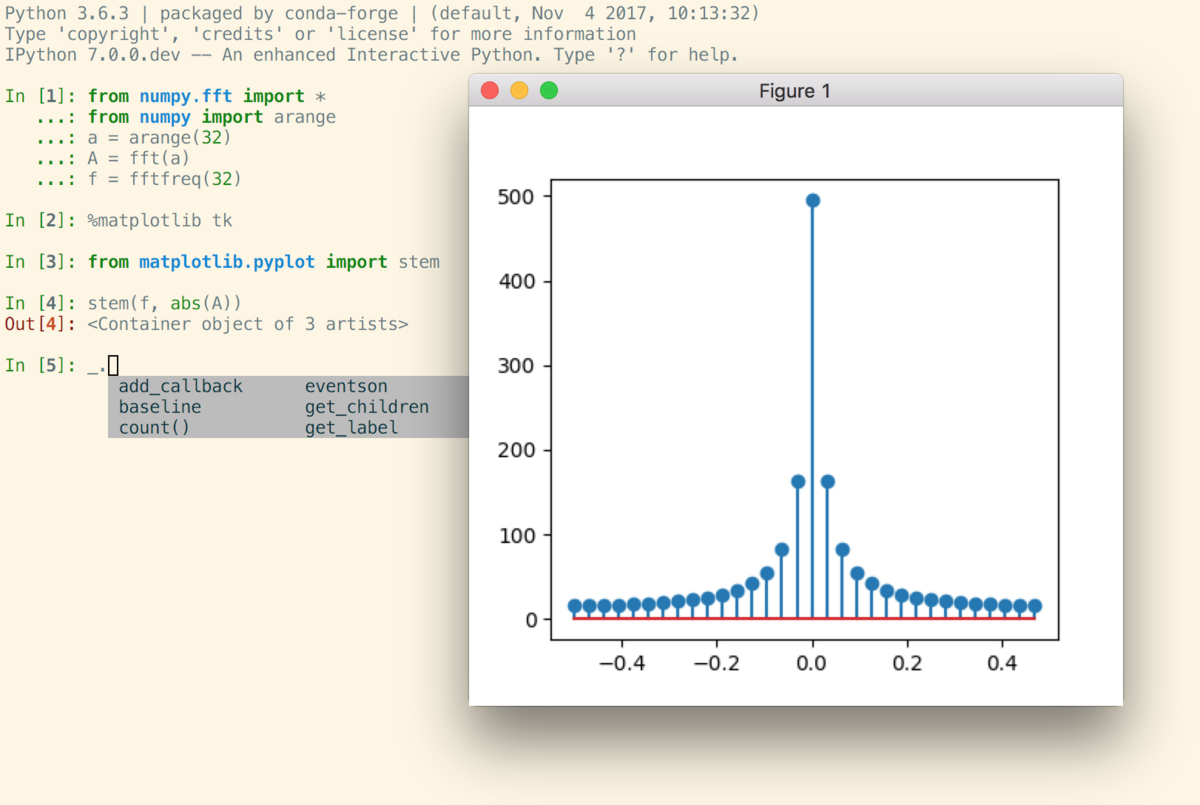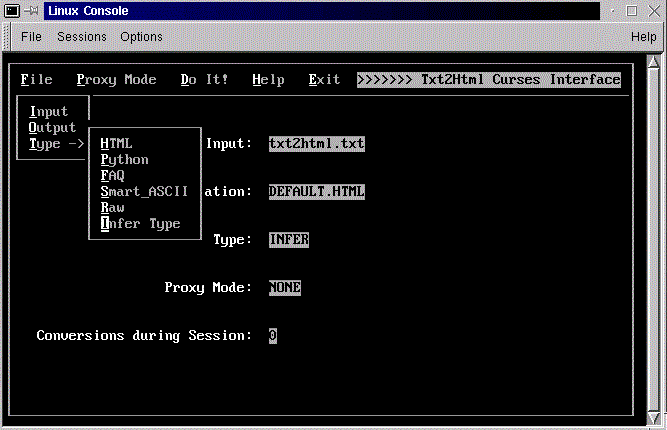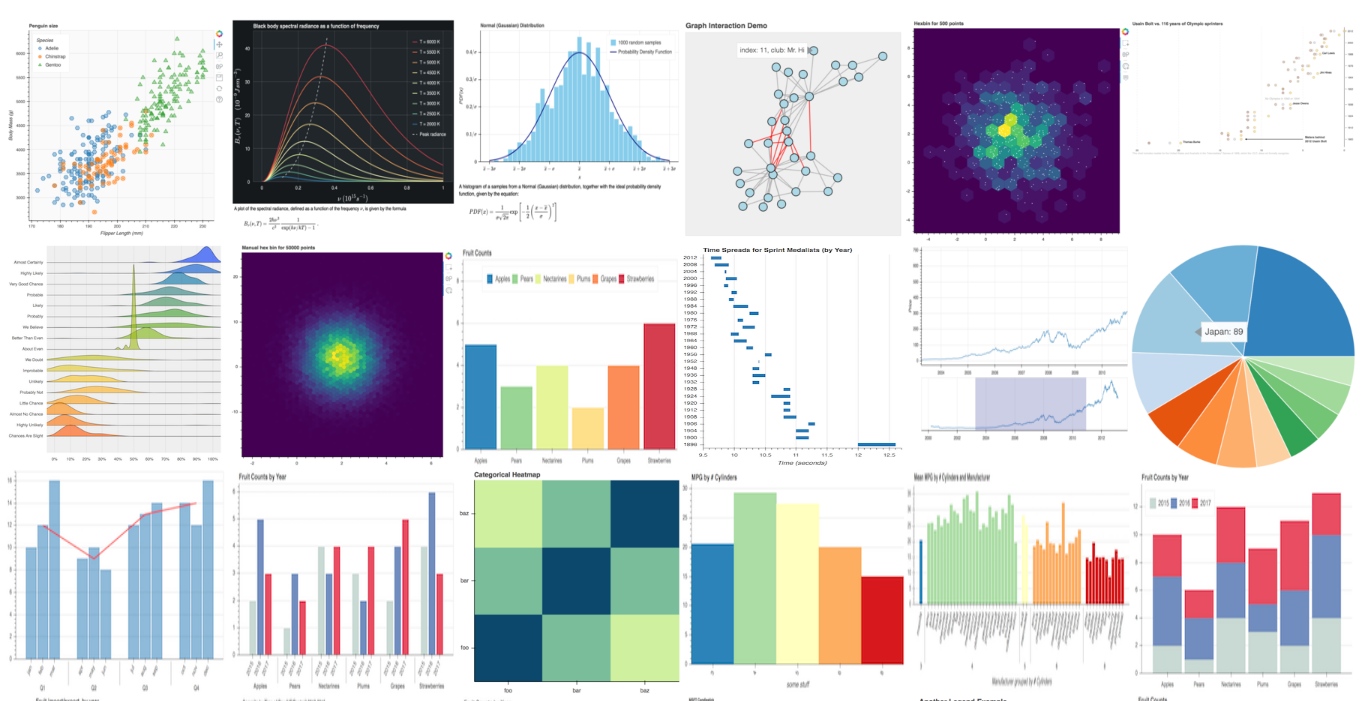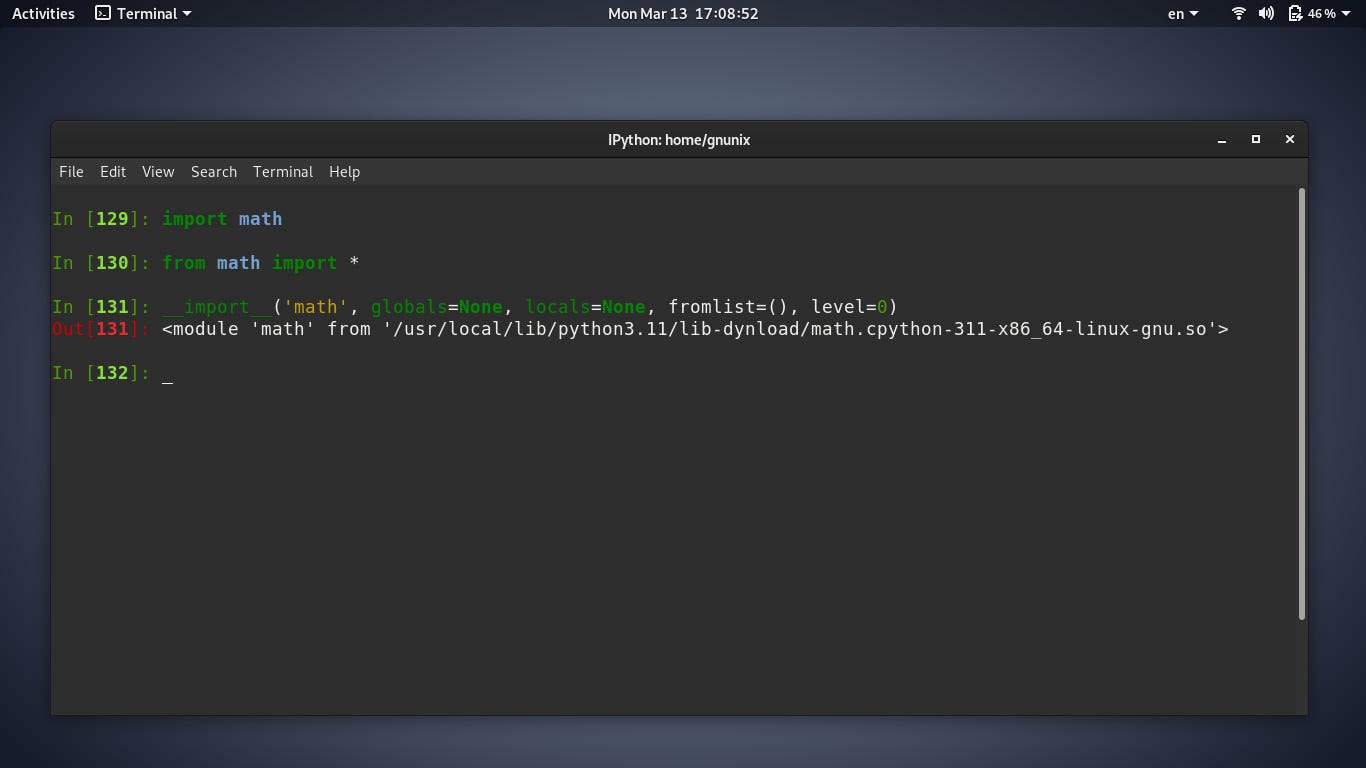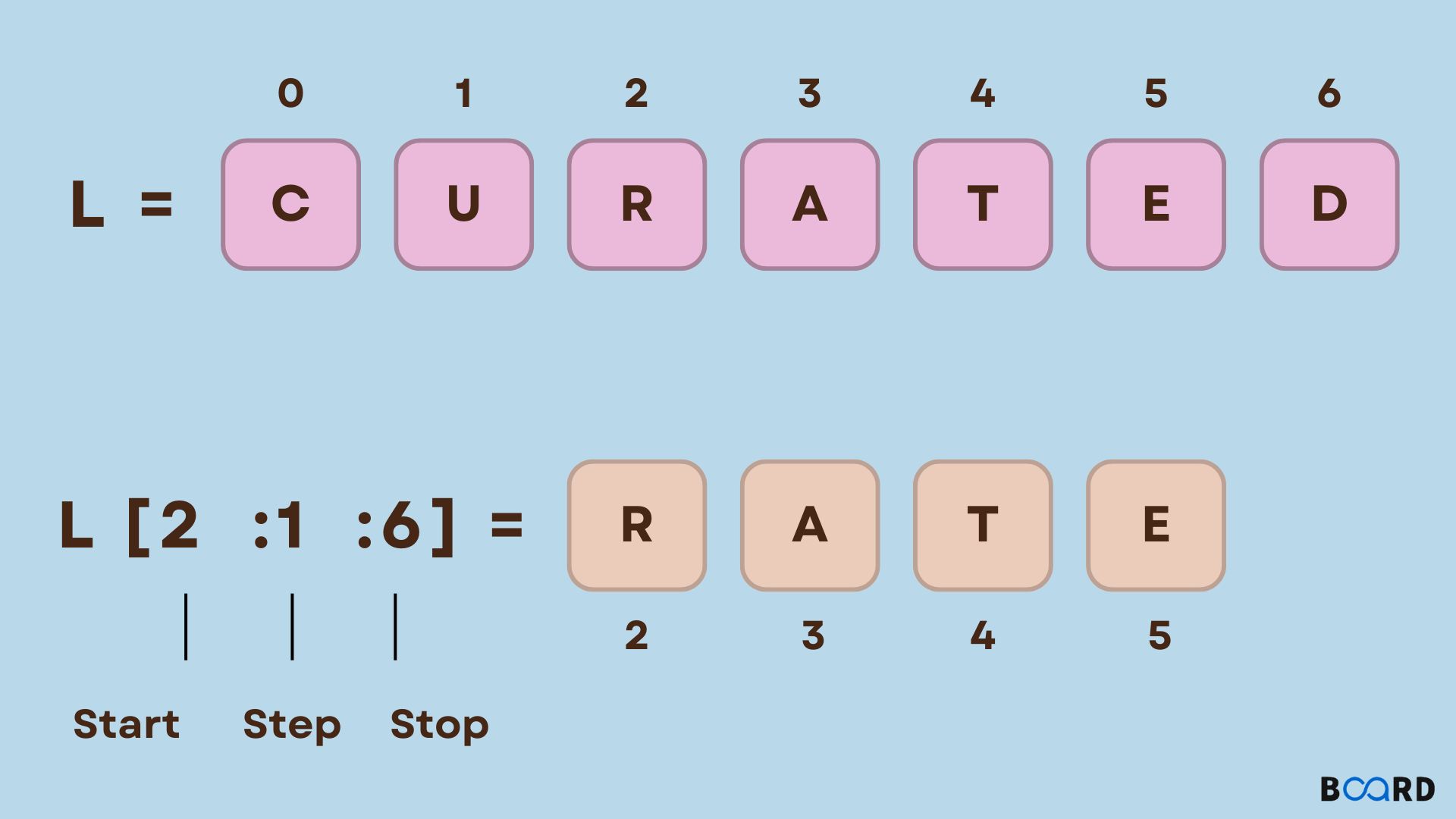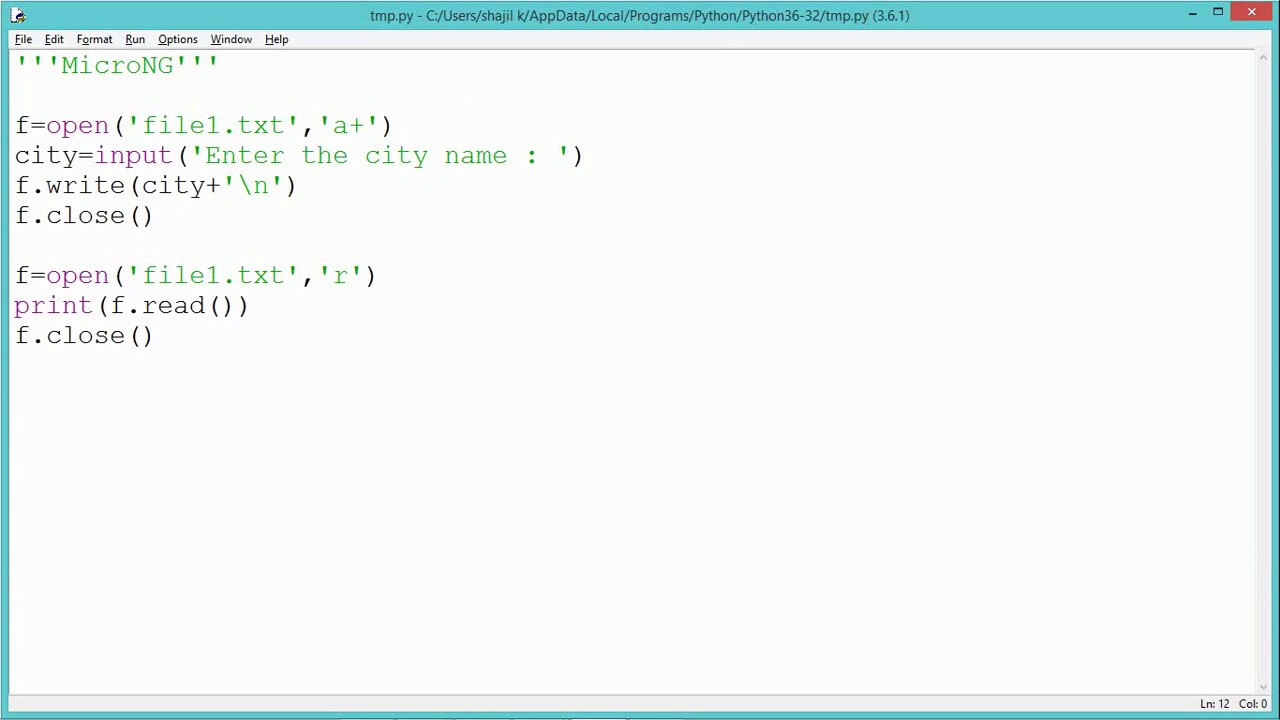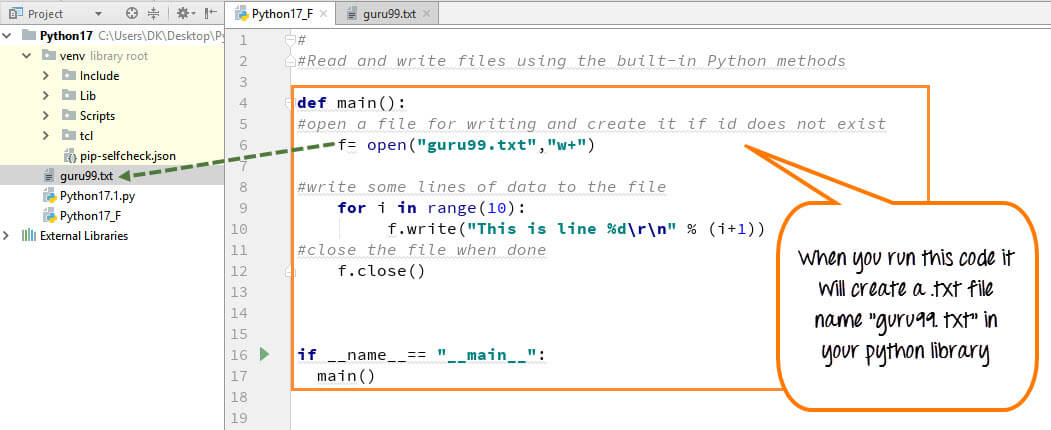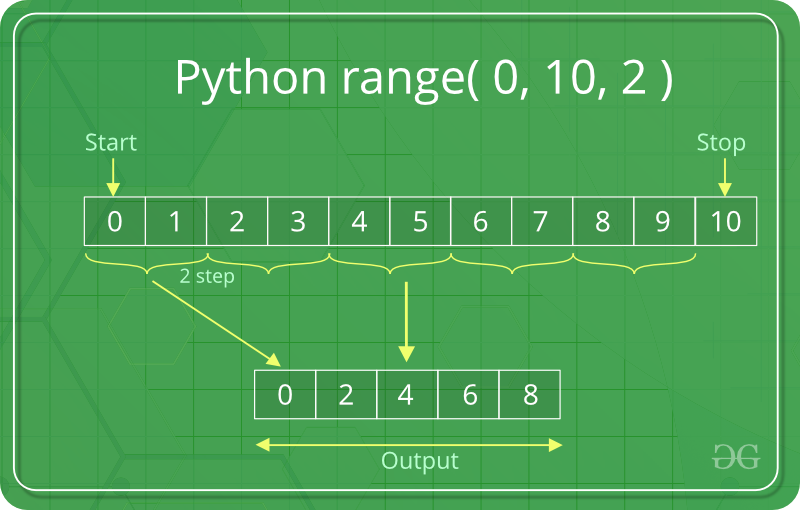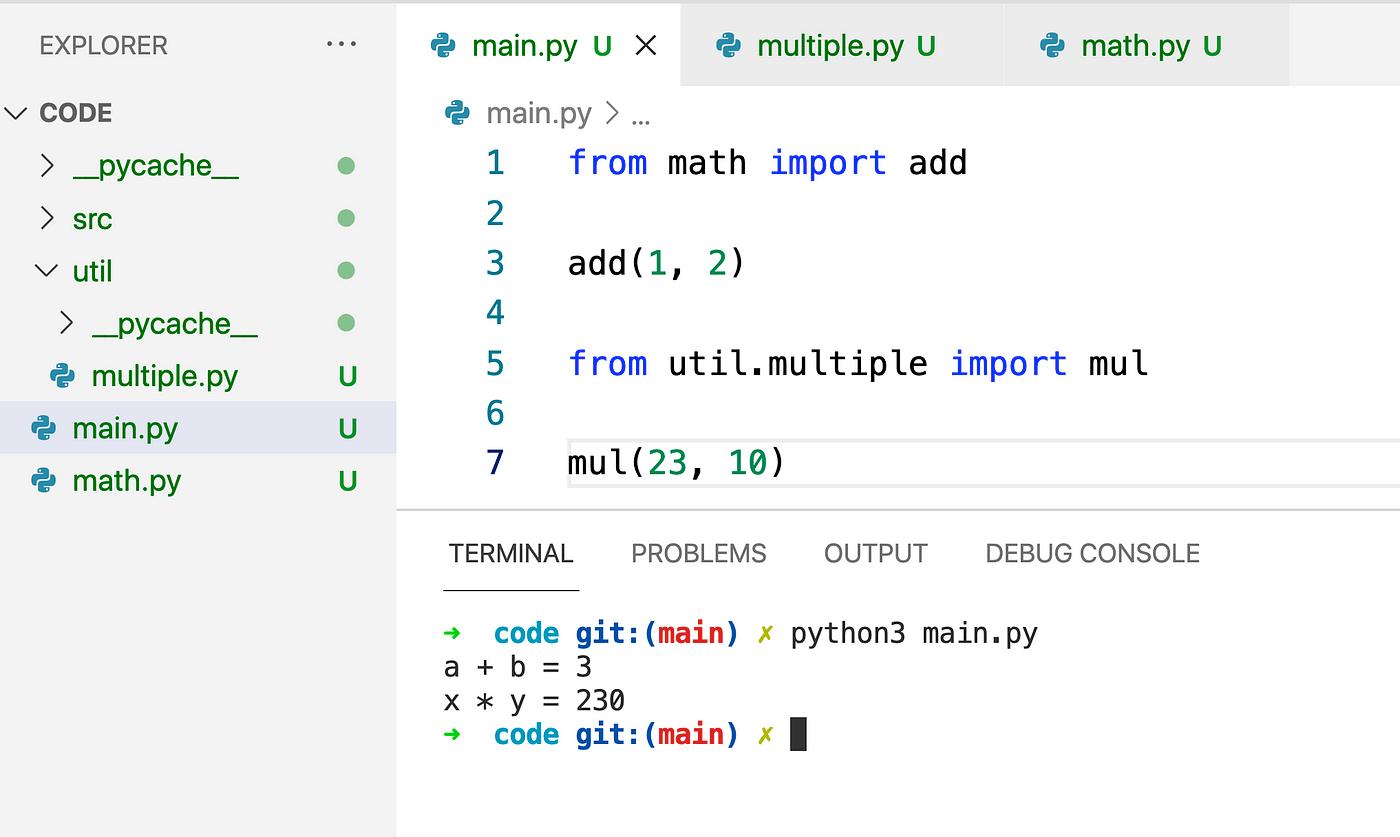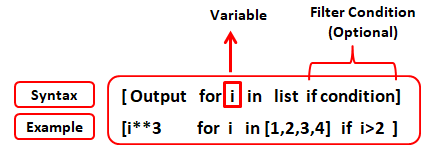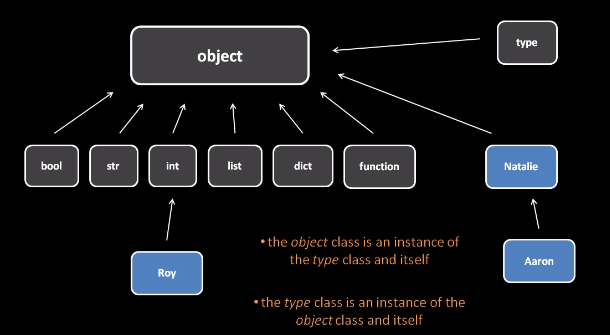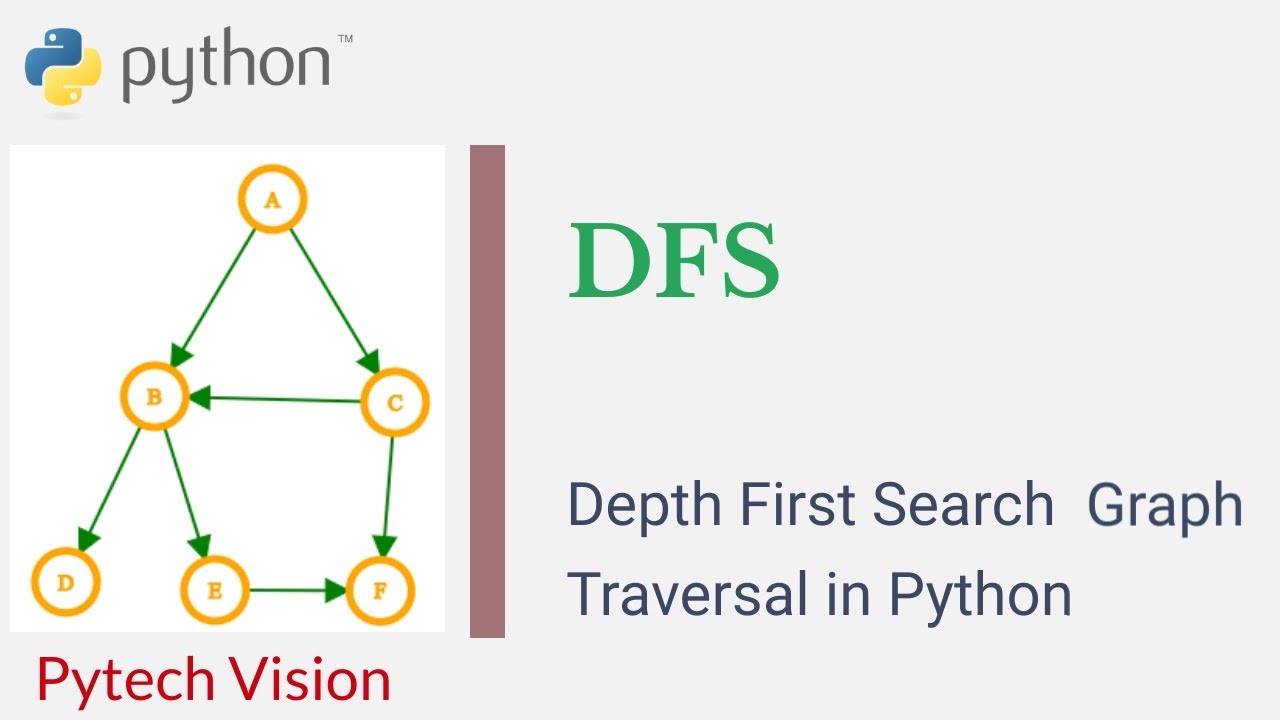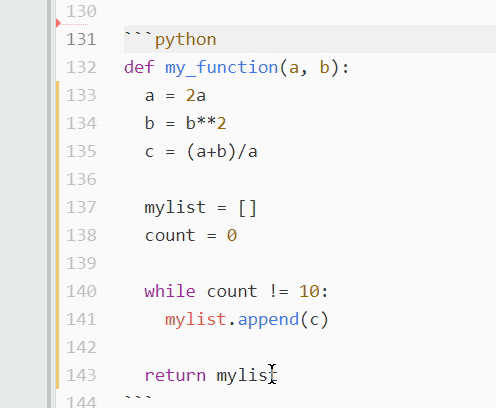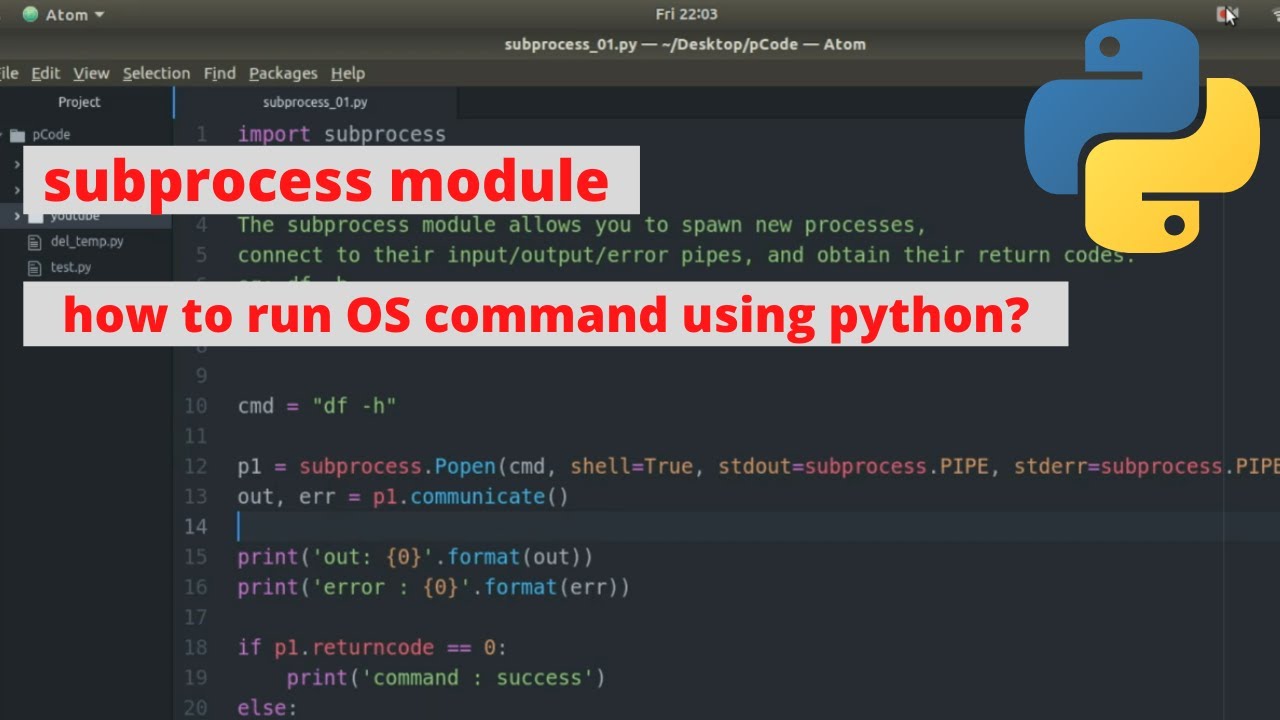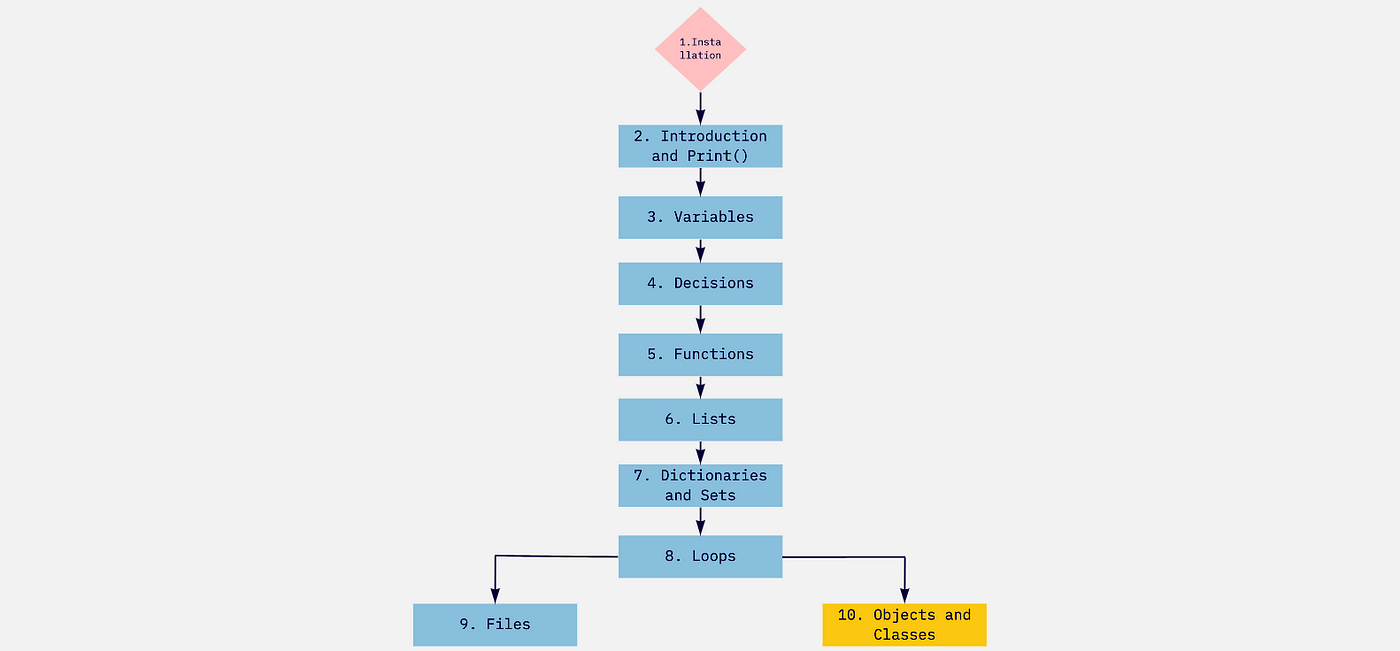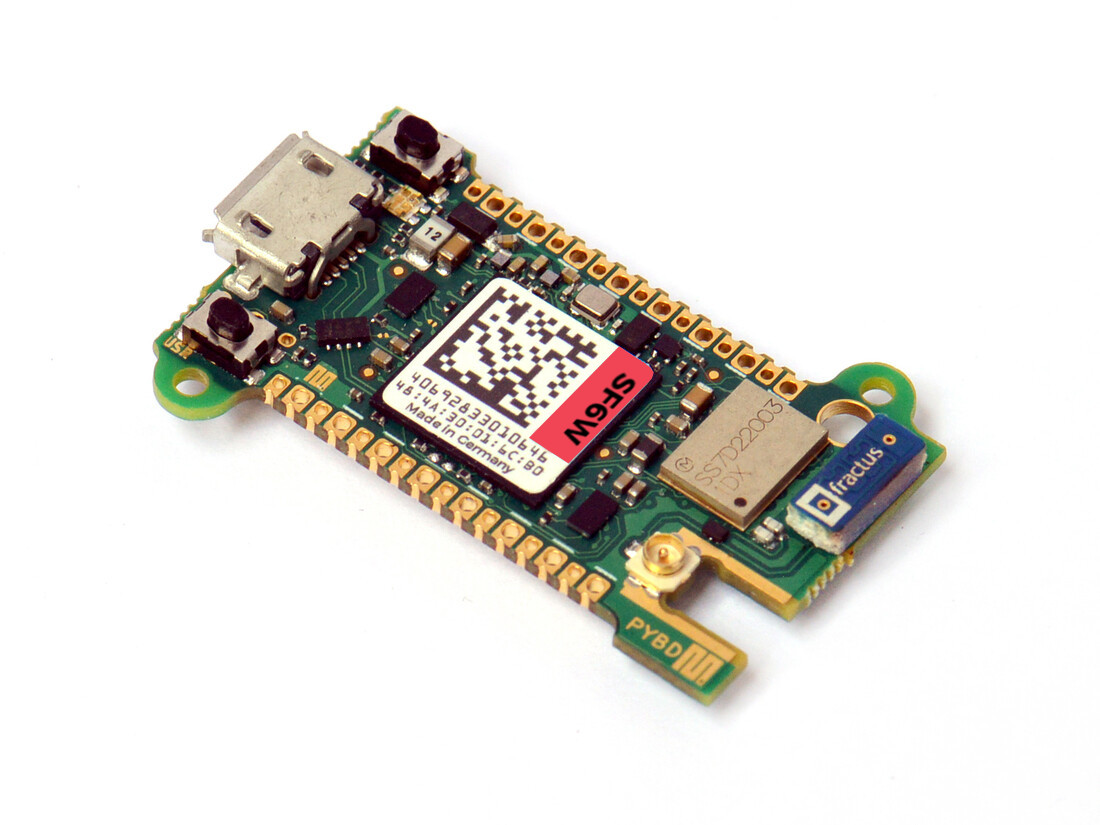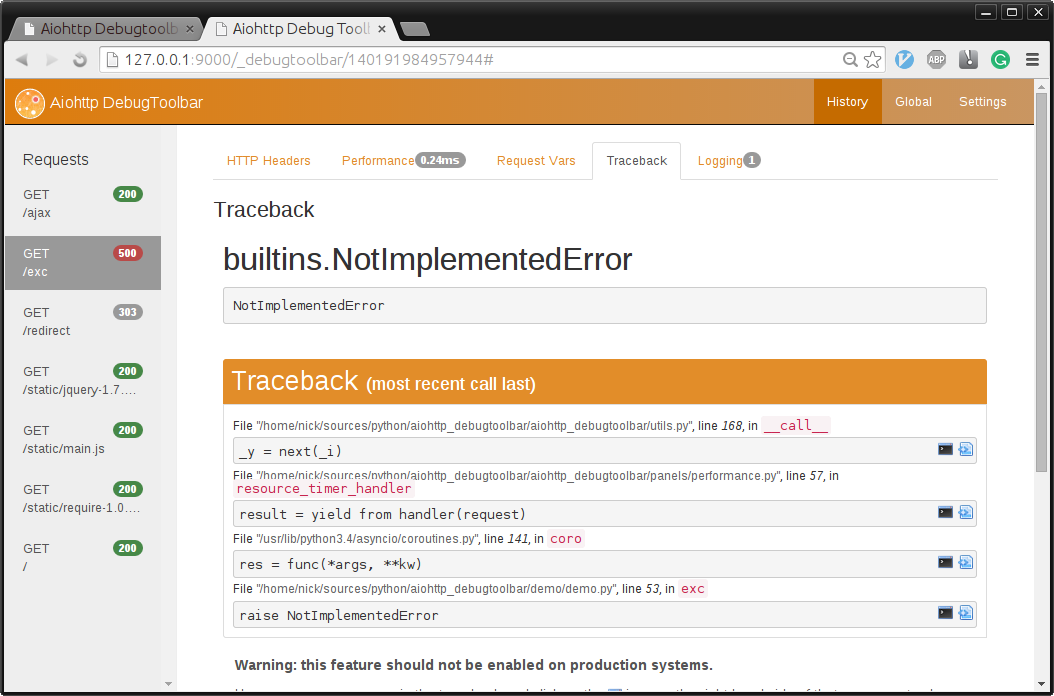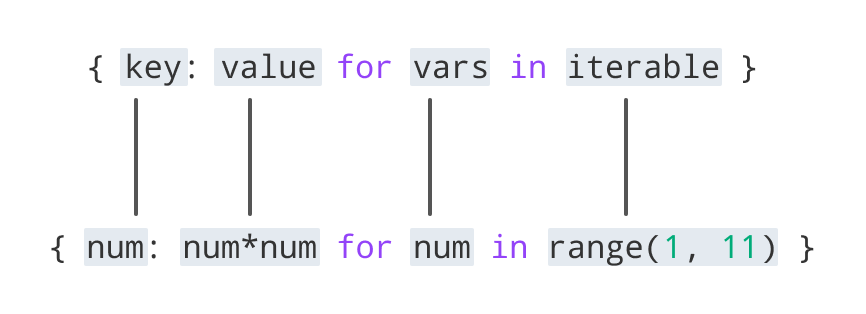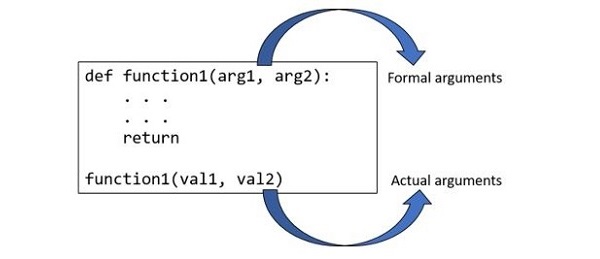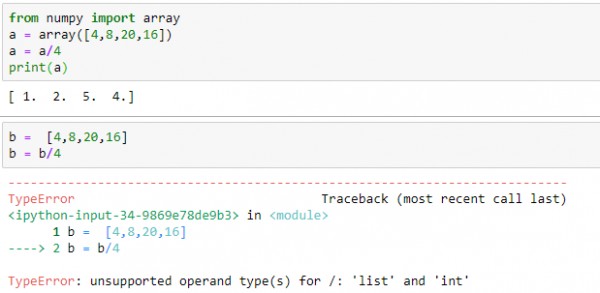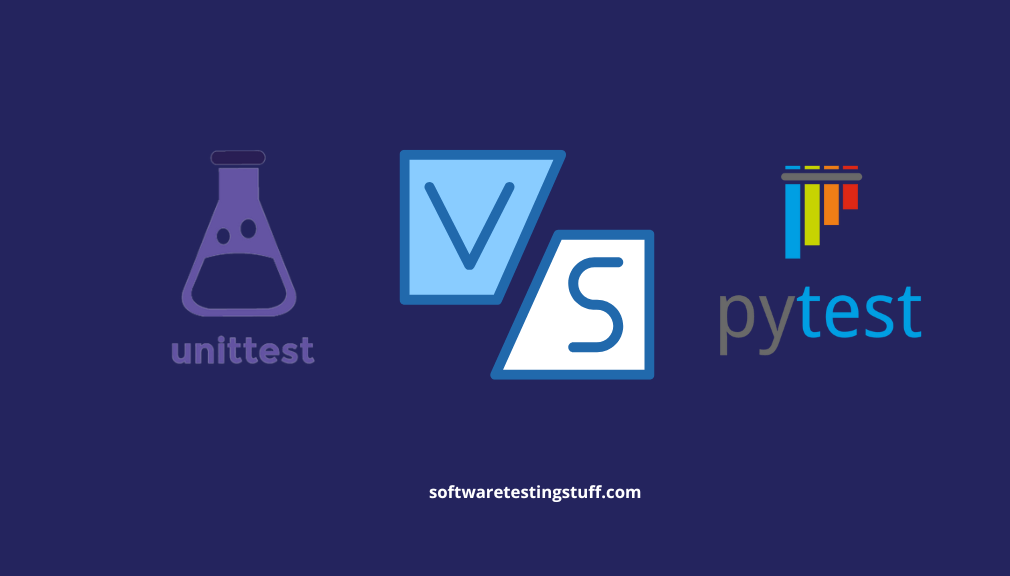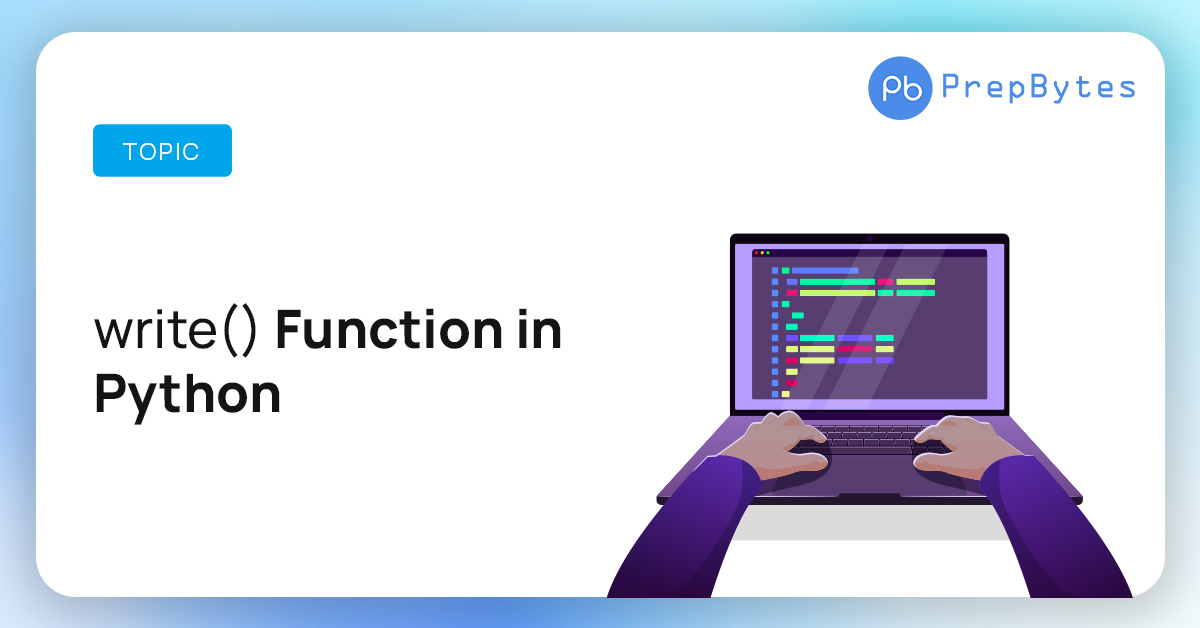Is Python object-oriented like Java?
Is Python object-oriented like Java?

Python is often referred to as "object-oriented" because it supports many of the key concepts and principles of object-oriented programming (OOP). However, this is somewhat misleading because Python's approach to OOP is actually more nuanced than that of languages like Java.
In Python, everything is an object. This means that all data types, including integers, strings, lists, dictionaries, etc., are instances of classes. Every class in Python has its own set of attributes (data) and methods (functions). The idea of encapsulation, which is a fundamental concept in OOP, is also implemented in Python through the use of private variables and public methods.
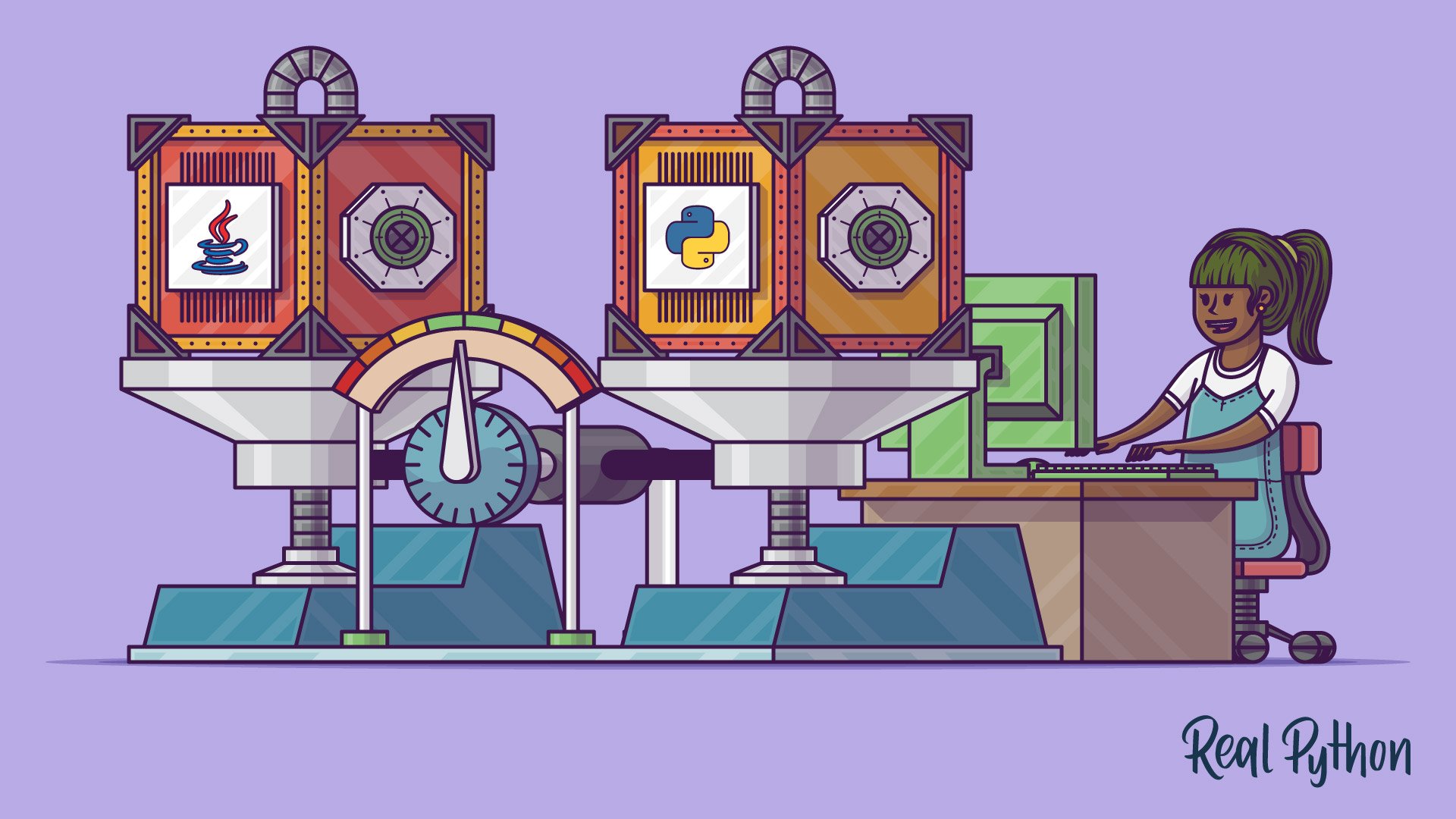
Python's support for inheritance, polymorphism, and abstraction is also similar to that found in Java. Inheritance allows you to create new classes based on existing ones, and polymorphism enables objects of different types to be treated as if they were of a common type. Abstraction is used in Python to hide the implementation details of an object from its users.
However, there are some key differences between Python's approach to OOP and Java's. One major difference is that Python does not require explicit declaration of classes or interfaces before you can use them. This means that you can start using a class or interface as soon as it's defined, without having to declare it first.
Another important difference is how constructors work in Python. In Java, constructors are special methods that are called when an object is created. They are responsible for initializing the object's state. In Python, there is no explicit constructor method, but you can define a special method called __init__ that gets called when an object is created.
Python's class statement is used to define classes, and it supports all of the standard OOP concepts, including inheritance, polymorphism, encapsulation, and abstraction. Python also includes a range of built-in support for common OOP tasks, such as serialization (converting objects to strings) and deserialization (converting strings back into objects).
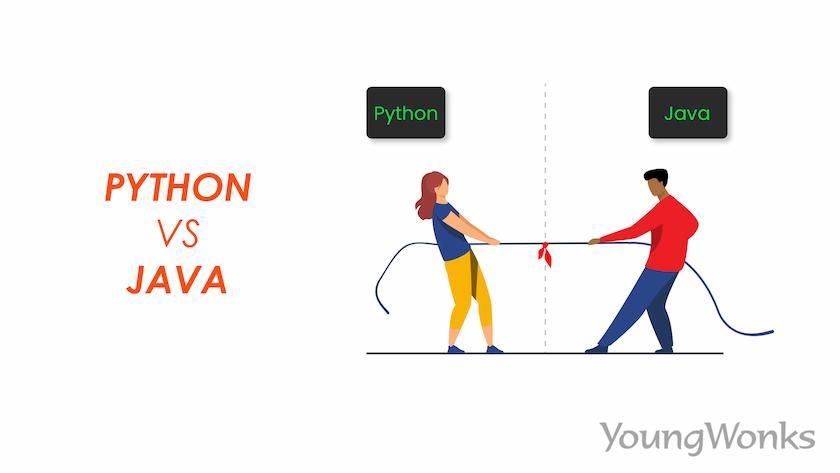
One more difference between Python's OOP and Java's is the way they handle exceptions. In Java, you have to declare an exception in your method or constructor signature if there's a chance that it may be thrown. In Python, exceptions are handled differently, where any unhandled exception will cause your program to terminate.
In conclusion, while Python supports many of the key concepts and principles of object-oriented programming (OOP), its approach to OOP is different from Java's in several important ways. Python does not require explicit declaration of classes or interfaces before you can use them, it uses __init__ method for constructor-like functionality, and handles exceptions differently.
References:
Python Documentation - Classes Wirth, Niklaus. Algorithms + Data Structures = Programs. Prentice Hall, 1986. Java SE 8 API documentation - ClassPlease let me know if you have any further questions or concerns.
Is Python OOP or functional?
I'd be happy to help!
Python is a multi-paradigm language that supports both object-oriented programming (OOP) and functional programming (FP). In fact, it's known for its flexibility and ability to seamlessly blend the two paradigms.
Object-Oriented Programming (OOP)
In Python, OOP concepts such as encapsulation, inheritance, polymorphism, and composition are supported. You can define classes that contain attributes (data) and methods (functions), which can be used to create objects. Classes can inherit from parent classes, and you can override or overload methods. Python's OOP features include:
Encapsulation: Packages and modules help encapsulate code into reusable components. Inheritance: Theclass keyword allows you to define child classes that inherit attributes and methods from parent classes. Polymorphism: Methods can be overridden or overloaded, allowing for more flexibility in how objects respond to method calls.
Python's OOP features are used extensively in many libraries and frameworks, such as Django, Flask, and scikit-learn. For example, the datetime module provides a range of date and time-related classes that support various operations and conversions.
Functional Programming (FP)
Python also supports functional programming concepts, which are based on the use of pure functions, immutability, recursion, and higher-order functions. FP features in Python include:
Pure Functions: Functions without side effects or changing state. Immutability: Tuples and strings are immutable; lists and dictionaries are mutable but can be made immutable usingfrozenset and frozen_dict. Recursion: Python supports recursion, which is used extensively in many algorithms. Higher-Order Functions: Functions that take other functions as arguments or return functions.
Python's FP features are used in various libraries and frameworks, such as NumPy, Pandas, and scikit-learn. For example, the numpy library provides a range of vectorized operations for numerical computations, which rely on functional programming concepts.
Hybrid Programming
One of Python's greatest strengths is its ability to seamlessly blend OOP and FP paradigms. You can create classes that encapsulate data and methods while also using functional programming techniques to manipulate and transform that data.
For example, you might define a class Person with attributes name, age, and address. Then, you could use functional programming techniques like list comprehensions and map() to manipulate the person's address. Python's hybrid approach allows you to choose the best paradigm for each problem or situation, making it an incredibly versatile language.
In conclusion, Python is a multi-paradigm language that supports both OOP and FP, allowing you to create robust, reusable code that can be applied in various contexts. Its unique blend of features enables developers to write effective, efficient, and elegant code that takes advantage of the strengths of each paradigm.
